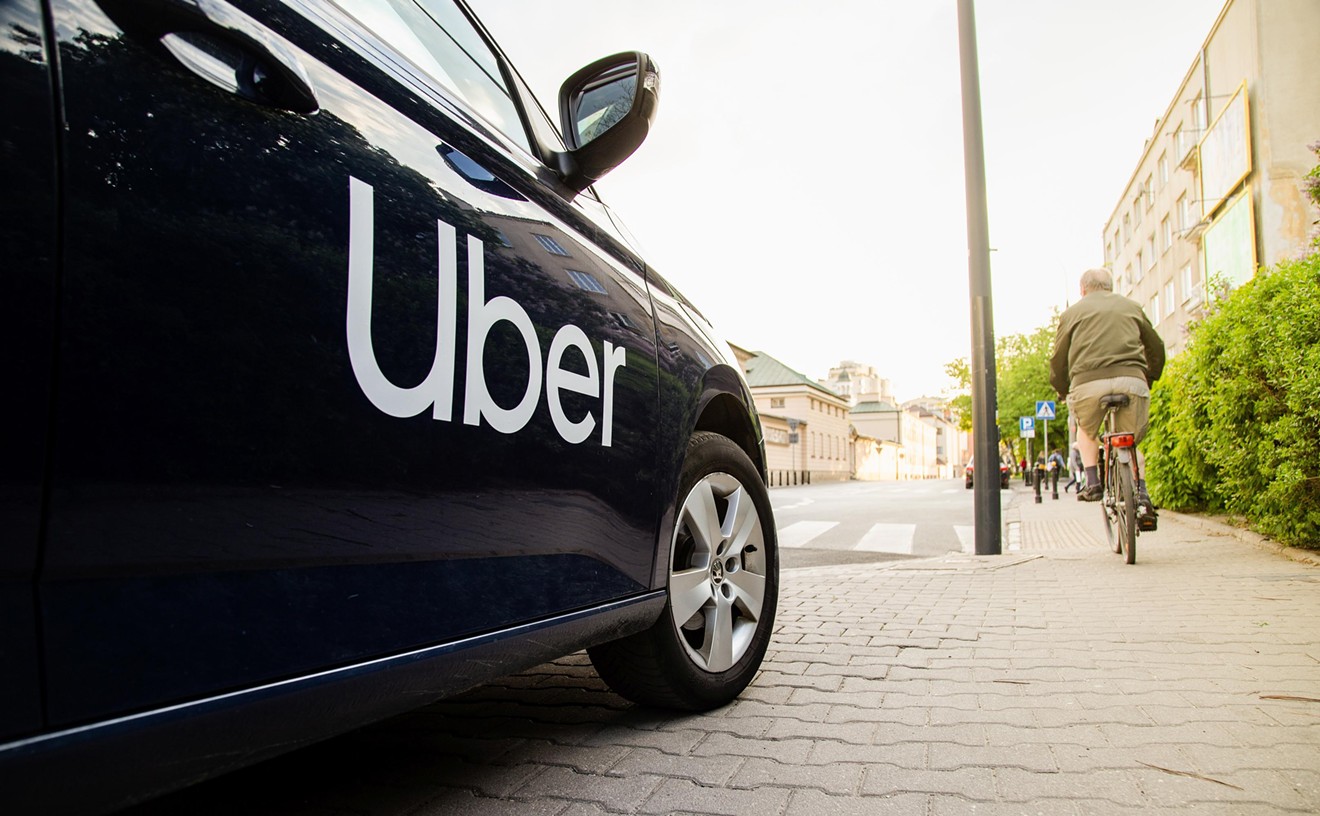"The City of Miami Beach Commissioners and I authorized the City to proceed without hesitation to immediately take steps towards bringing a light rail/wireless streetcar system to operate within our City to reduce congestion," wrote Levine on Facebook last week. "This system is expected to eventually connect [Miami Beach] to the City of Miami, offering viable transportation options for everyone that lives, visits or does business here."
At their meeting last week, the city commission passed a resolution that authorized Levine and City Manager Jimmy Morales to immediately begin discussions with the City of Miami, Miami-Dade County, and the Florida Department of Transportation about what is now being dubbed "The Beach Corridor Transit Connection Project." The project had previously been known as "Baylink." The city also authorized a contribution of $417,000 to the overall study.
The resolution is a small but significant first step. Rightly or wrongly, Miami Beach has long been viewed as the player at the table least serious about finally bridging the bay with a rail system. Levine and his commission are now positioning themselves to take a proactive leadership role in the process.
And it's about time. It may seem like a cakewalk to those who have to drive to Kendall every day, but sitting on jammed causeways during rush hour is no
Along with the connecting link between Miami and Miami Beach, the overall plan calls for constructing a light-rail system that would operate throughout the City of Miami Beach. Currently public transit options are limited to
"The initial phase of the project will consist of a 2-way connection on 5th Street and Washington Avenue, and is referred to as the 'South Beach Component.' The second phase is expected to take place along Alton Road and 17th Street, complementing the cross-bay route to Downtown Miami," said Levine in a release according to Curbed Miami. "Future contemplated phases are expected to include a route along the Julia Tuttle Causeway connecting Miami Beach with Midtown Miami and eventually the airport."
Baylink was first proposed way back in 1988 and was brandished again in 2002 when the county passed a half-penny sales tax meant to fund transportation. Yet, nothing concrete has ever happened.
Miami Beach's long-term transit plan is to reduce the estimated 64 percent of residents and workers who currently commute by car to 43 percent. The hope is to boost the number who use public transit from 11 percent to 20 percent, those who walk from 11 percent to 17 percent, and those who use bikes to rise from 5 percent to 10 percent.











